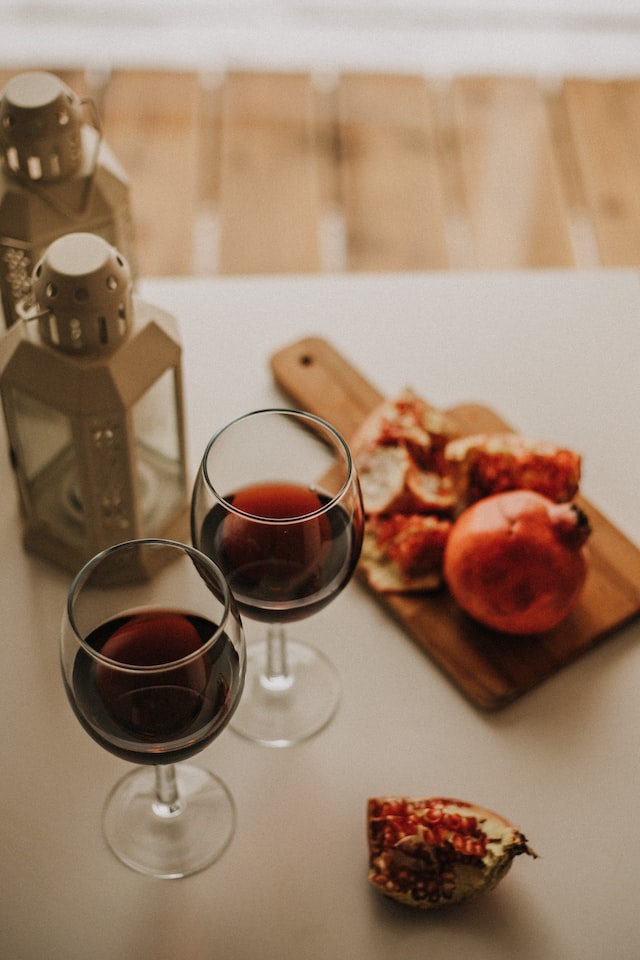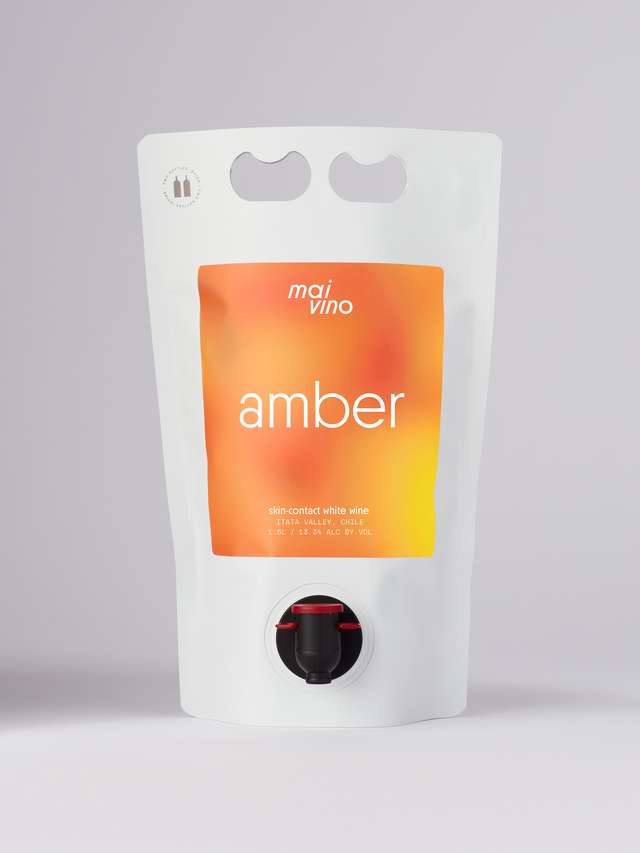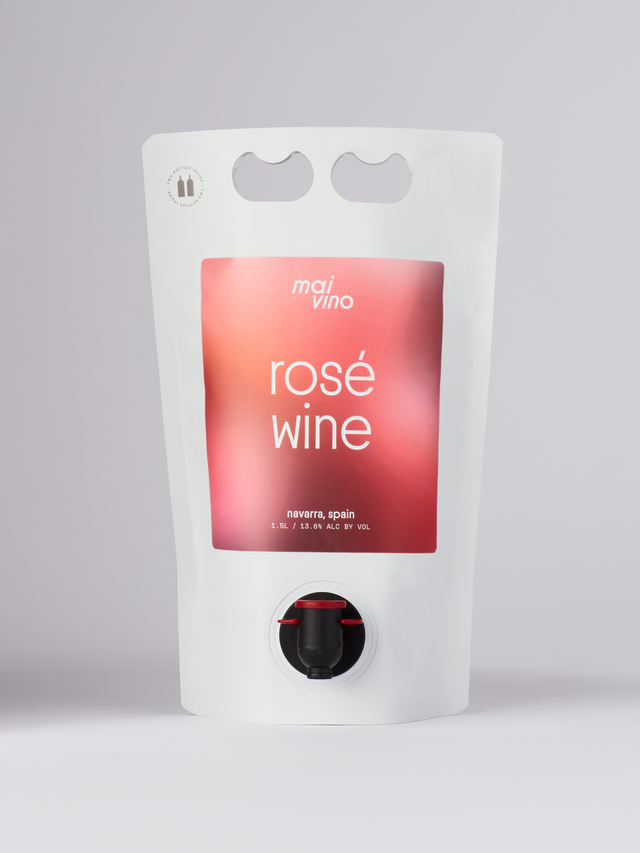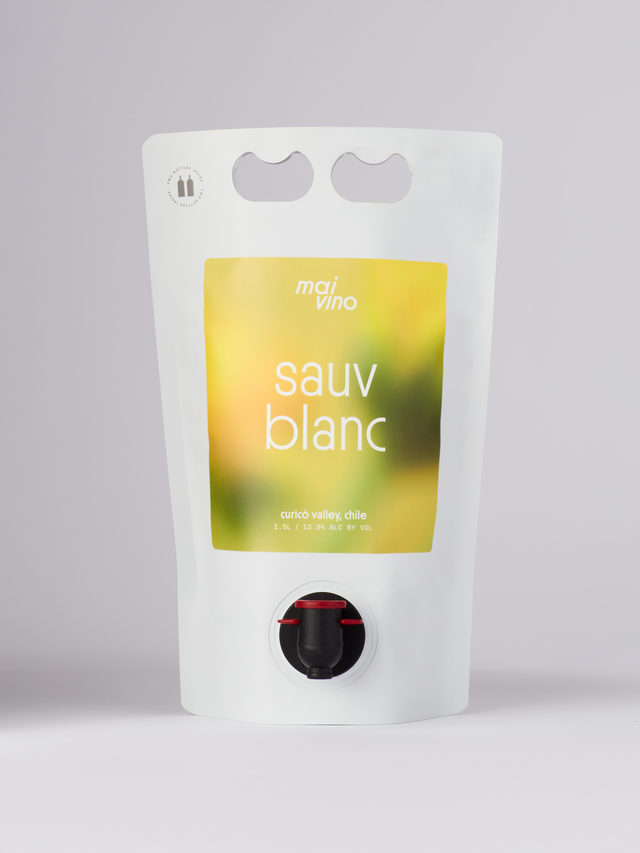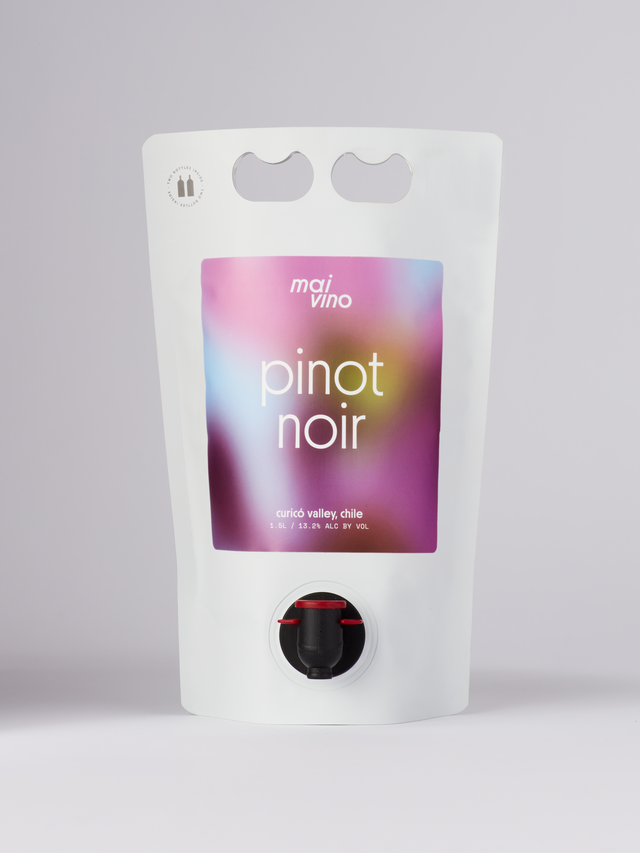The World of Red Wine
The wine universe can be confusing, overwhelming, and frankly exhausting. We understand this at MaiVino and try to make our wine as transparent as possible. All of our wines are organic, vegan, handcrafted, and made with indigenous yeast. To continue our transparency, here is a little overview of the world of red wine.
How Red Wine is Made
The process of making red wine starts with harvesting red grapes. These grapes are then brought to the winery and crushed. After crushing, the grape juice and grape skins are put into a tank together. At this point, the grape skins begin to give both color and tannins to the juice. The longer the winemaker leaves the skins in contact with the juice, the deeper the color will be and the more tannic the finished wine will be. If the skins are left for a short time, a rosé would be made. And if the skins were immediately separated from the juice, white wine would be made (Yes, it is possible to make white wine from either red or white grapes!).
At this point, the grape juice also begins fermenting, slowly turning the juice into wine. Once the desired color and tannin level has been reached, the juice and skin mix is pressed, separating out the solids from the juice. This juice is then left to age in a tank or barrel, usually in the cellar of the winery. After the proper aging time is reached, the wine will be bottled and usually aged a bit longer before being sold.
Red Wine Grape Varietals
There are tons of different red grape varietals used to make many different styles of red wine around the world. One easy way to organize these varieties is by the body of the wine. This chart is very much a generalization; wines made with the same variety can be very different depending on the wine region it comes from, the winemaker that made it, whether the grapes came from young or old vines, and many other factors.
|
Light-Bodied |
⟶ |
Medium-Bodied |
⟶ |
Full-Bodied |
|
Pinot Noir |
Grenache |
Sangiovese |
Merlot |
Cabernet Sauvignon |
|
Nebbiolo |
Cabernet Franc |
Malbec |
||
|
Gamay |
Tempranillo |
Zinfandel |
||
|
Syrah/Shiraz |
Old World vs. New World
Another way to organize the many different types of wines is by where in the world they come from. In the wine world, we divide wine regions into two groups: the old world and the new world. The old world consists of wine regions that have been making wine for millenniums, like France, Italy, Spain, and Portugal. The new world regions are places where wine has been introduced much more recently, like the USA, Australia, New Zealand, Chile, and Argentina.
In general, wines from the old world have more earthy aromas, more acidity, a slightly lighter body, and less alcohol. While new world wines are often more fruity, have less acidity, a slightly larger body, and more alcohol. Red blends are also more common in the old world, while single varietal red wines are more popular in the new world.
Some of the most famous old world red wine regions are Bordeaux, Tuscany, Barolo, Rioja, Rhône, Chianti, Burgundy, and Beaujolais are some of the most famous old-world red wine regions. Famous New World red wine regions include California (especially Napa Valley), Barossa Valley, Mendoza, Central Otago, and Yarra Valley.

